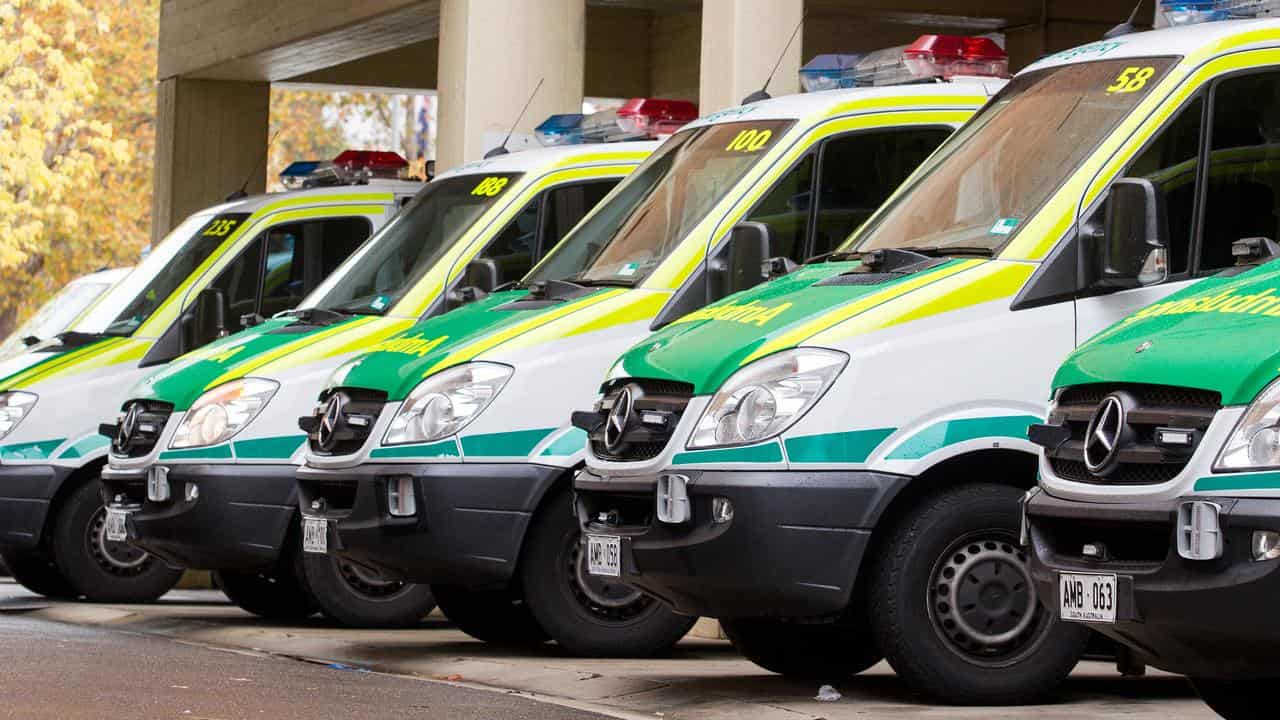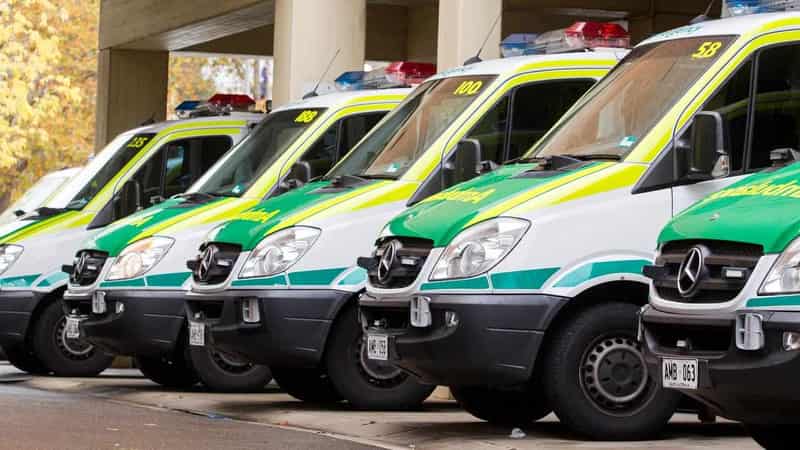
Hospital emergency departments in NSW are struggling to meet soaring demand as patients face some of the longest wait times on record.
The latest Bureau of Health Information data shows the state's emergency departments remain under pressure, although there are signs of improvement in elective surgery waitlists and ambulance response times.
Between April and June this year, there were more than 770,600 emergency attendances across the state.
While nearly two-thirds of all patients had their treatment start on time, 43 per cent spent more than four hours waiting to finish their treatment in emergency departments.
One in 10 patients spent more than 11 hours in emergency, the worst result for any comparable quarter since 2010.
Ambulances responded to more than 357,000 calls, the highest number recorded since the bureau started capturing data 13 years ago.
But response times were better, with patients experiencing life-threatening conditions waiting a median of 8.3 minutes for an ambulance compared to 9.1 minutes in the same period last year.
Health Minister Ryan Park said the data showed there were still many sick people seeking treatment when the department was designed only for emergencies, leading to longer wait times.
He said the state government was committed to creating other healthcare options for patients looking for care.
"We're expanding virtual care (and) urgent care centres, we're doing geriatric flying squads going into residential aged care homes and treating people on site," he said.
"But we know there is more work to do and this is a big part of our reform process."
NSW Nurses and Midwives Association general secretary Shaye Candish said alleviating emergency department staff pressures was well overdue.
"We desperately need our metropolitan and regional hospitals to be staffed with the right number of skilled emergency nurses on each shift," she said.
"Until the government tackles these issues, fills the widespread staffing vacancies and improves working conditions, our members will be under strain."
The state government recently signed an agreement with the union to introduce ratios of at least one nurse to three patients in emergency departments and maternity wards, although it stopped short of similar mandates for all hospital wards.
The report showed some signs of improvements in public hospitals, including a reduction in elective surgery waitlists.
In the latest period, waitlists were halved but more than 9000 patients were still waiting longer than clinically recommended for their operations.
There were nearly 60,500 surgeries performed in the last quarter, slightly above pre-pandemic levels.
During the height of COVID-19 in March and April 2020, public hospitals were forced to put non-urgent surgeries on hold, creating a major backlog.
Mr Park previously announced a Surgical Care Taskforce, which he said was helping to improve the delivery of surgical services and reduce the state's waitlist.
The group is examining proposals such as increasing day-only surgery, boosting virtual care and remote patient monitoring, and improving the efficiency of operating theatres.









